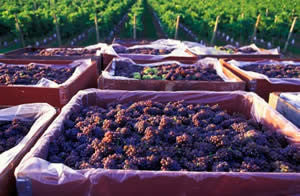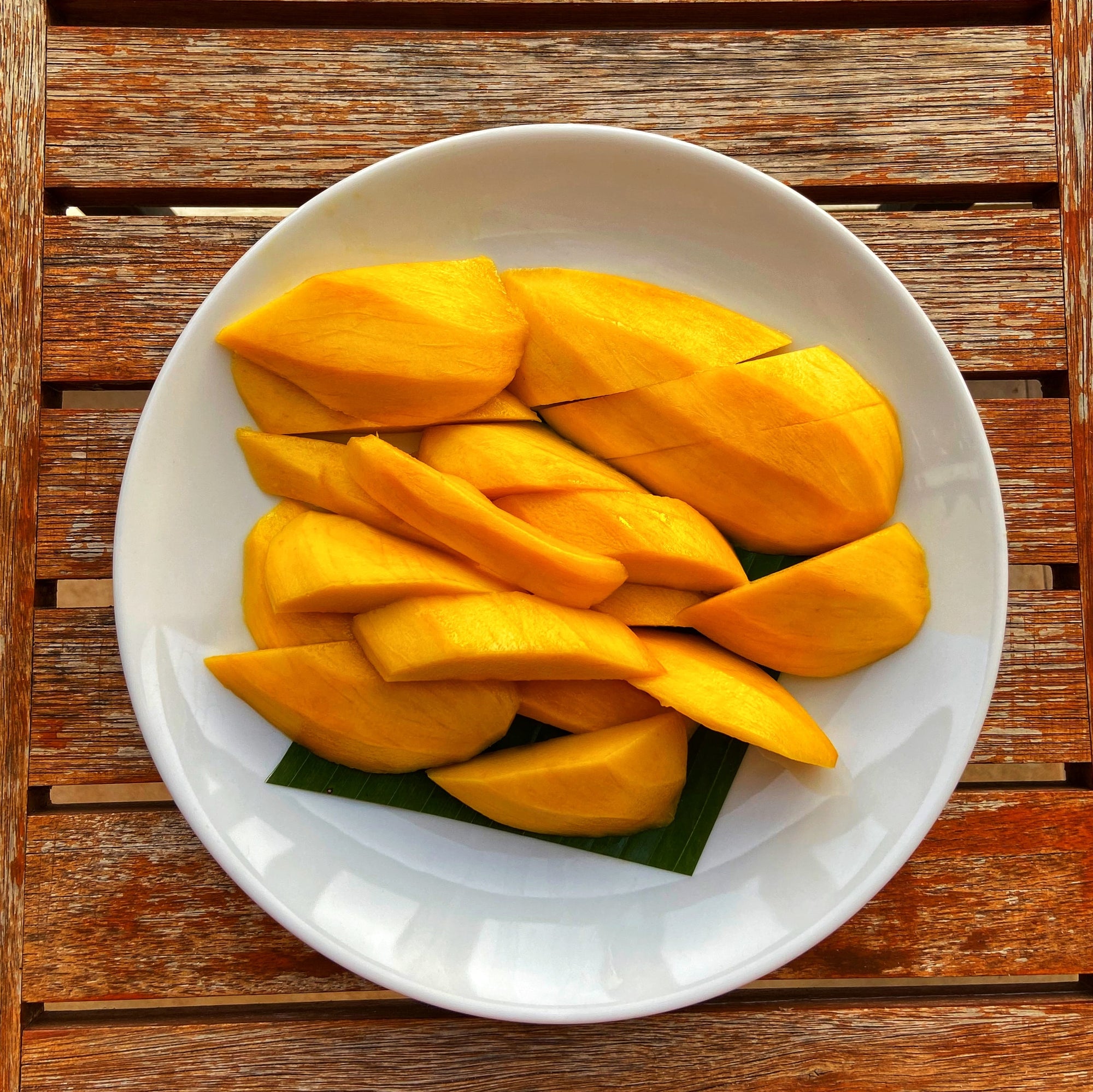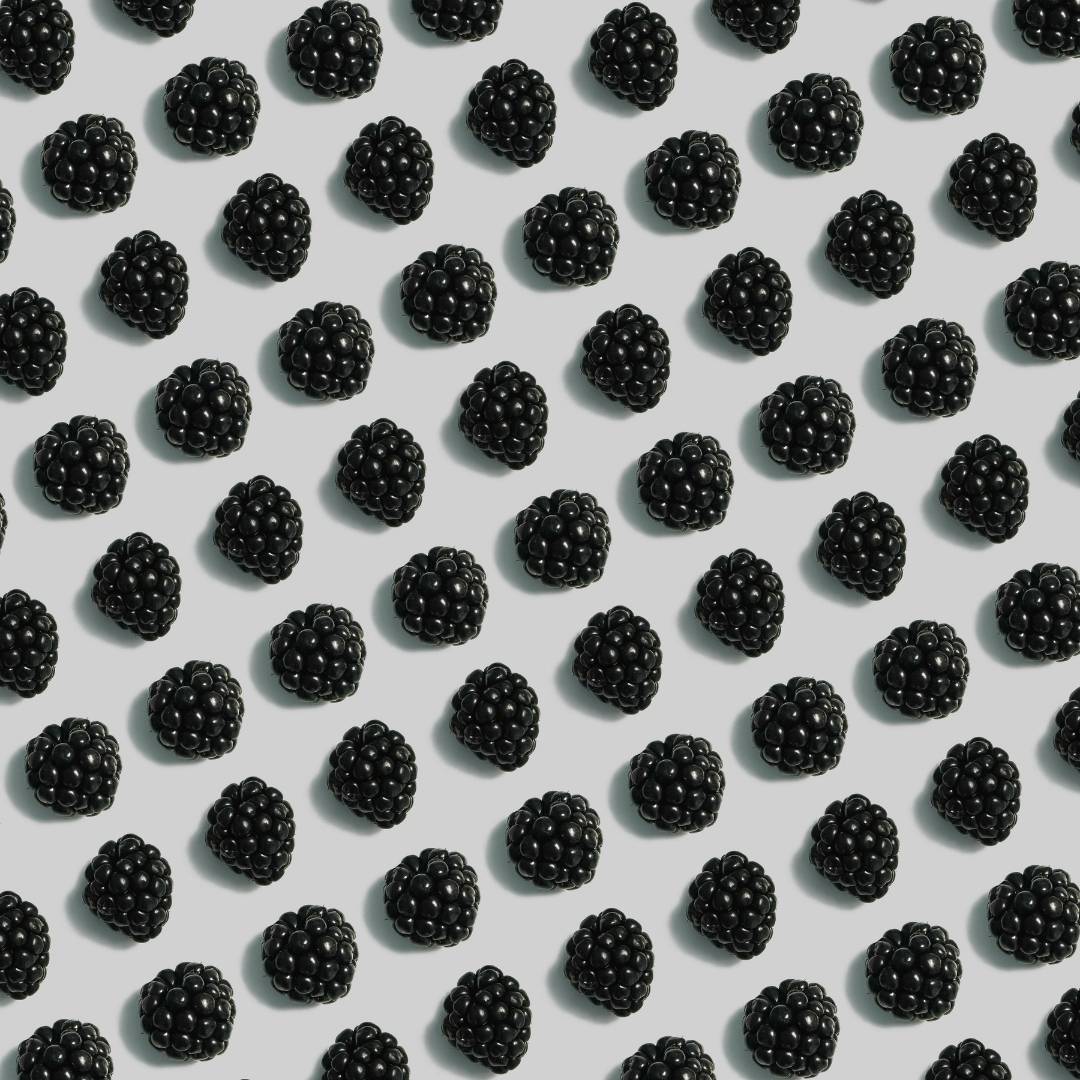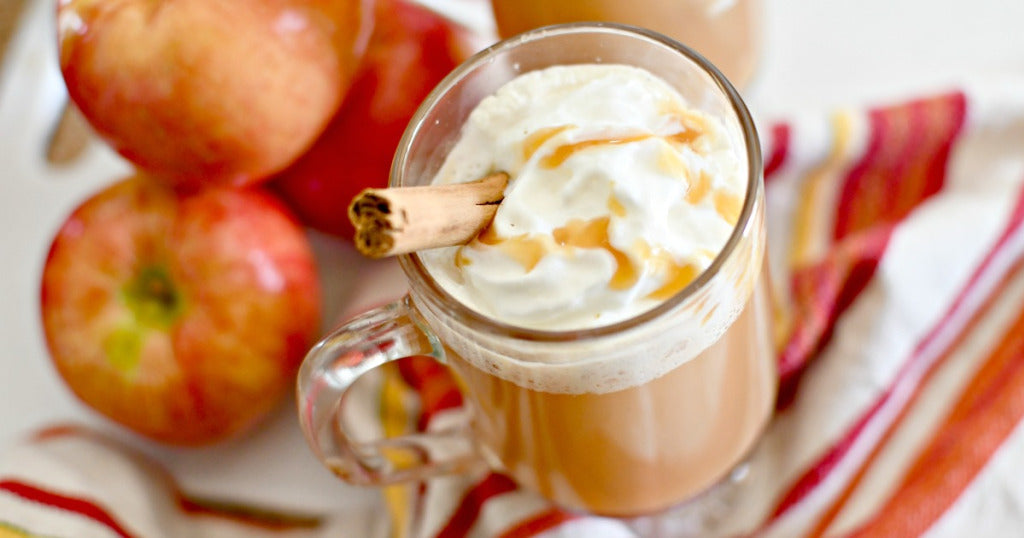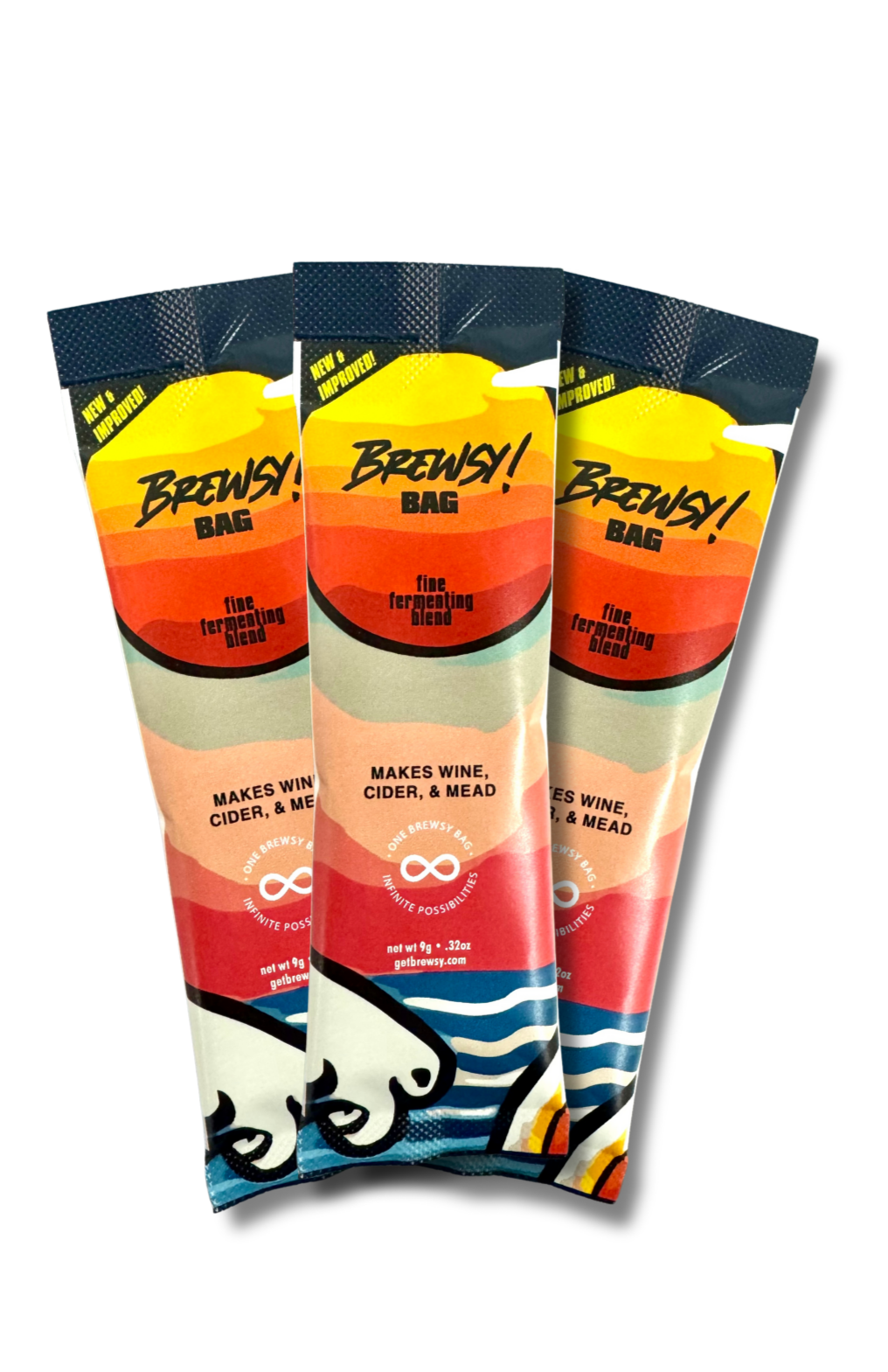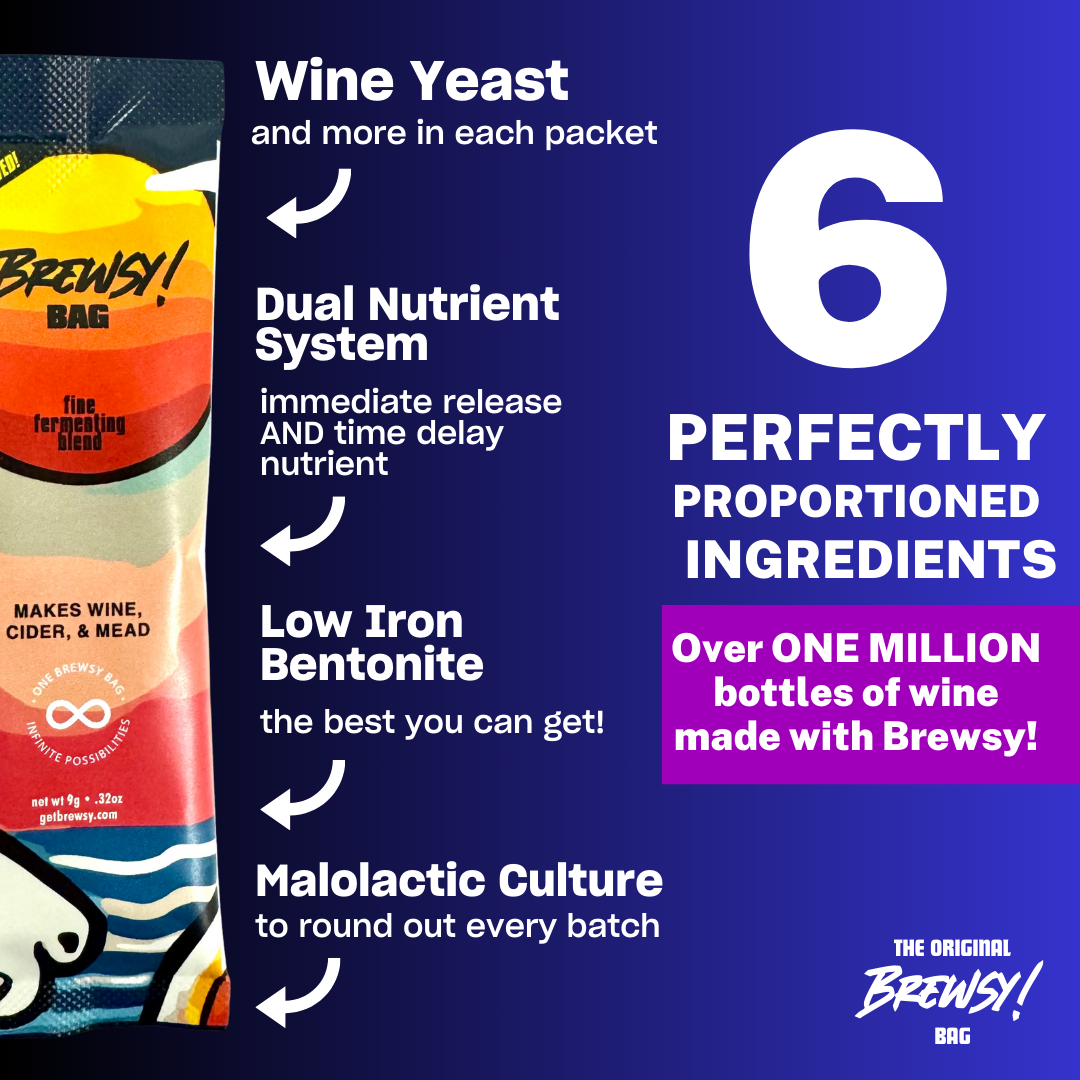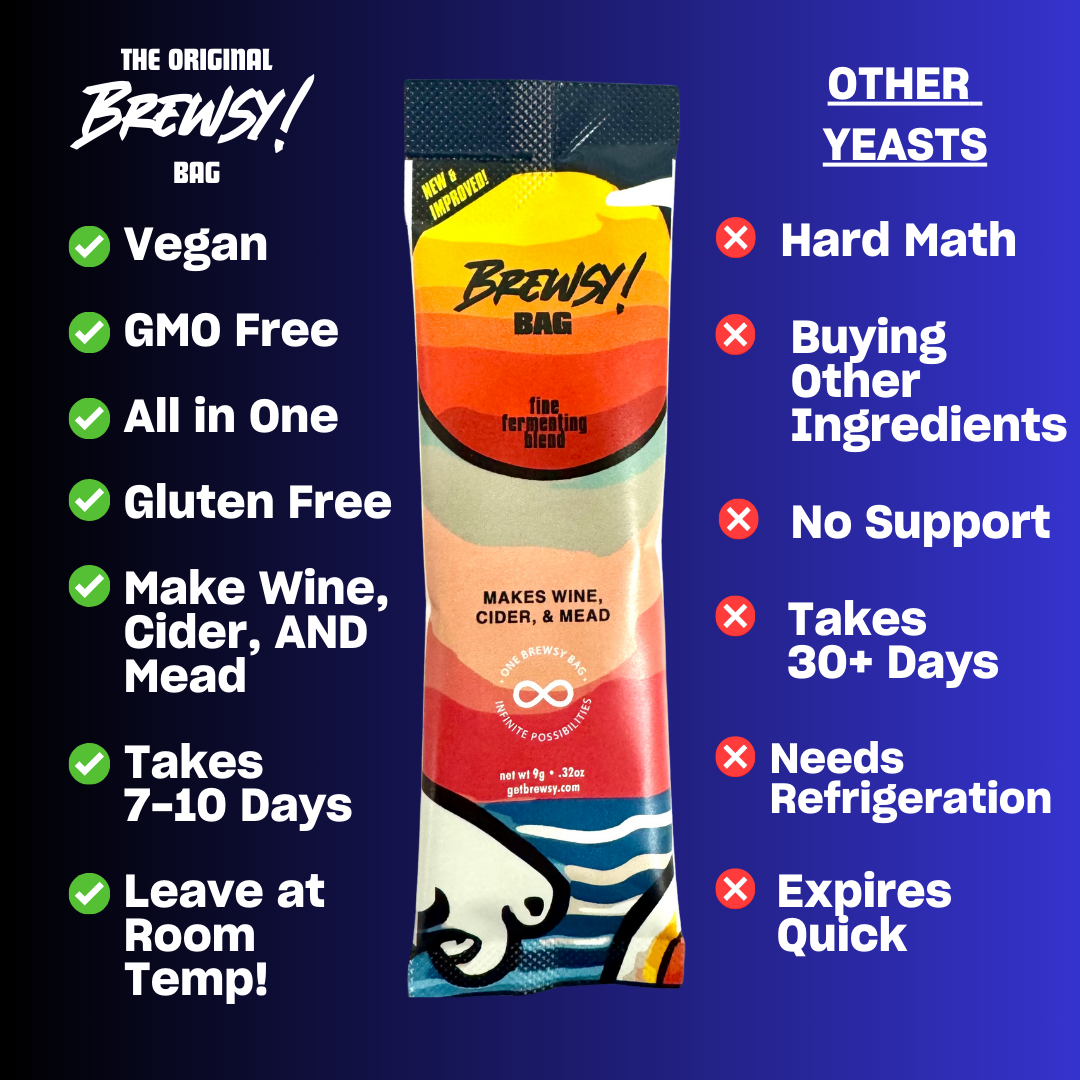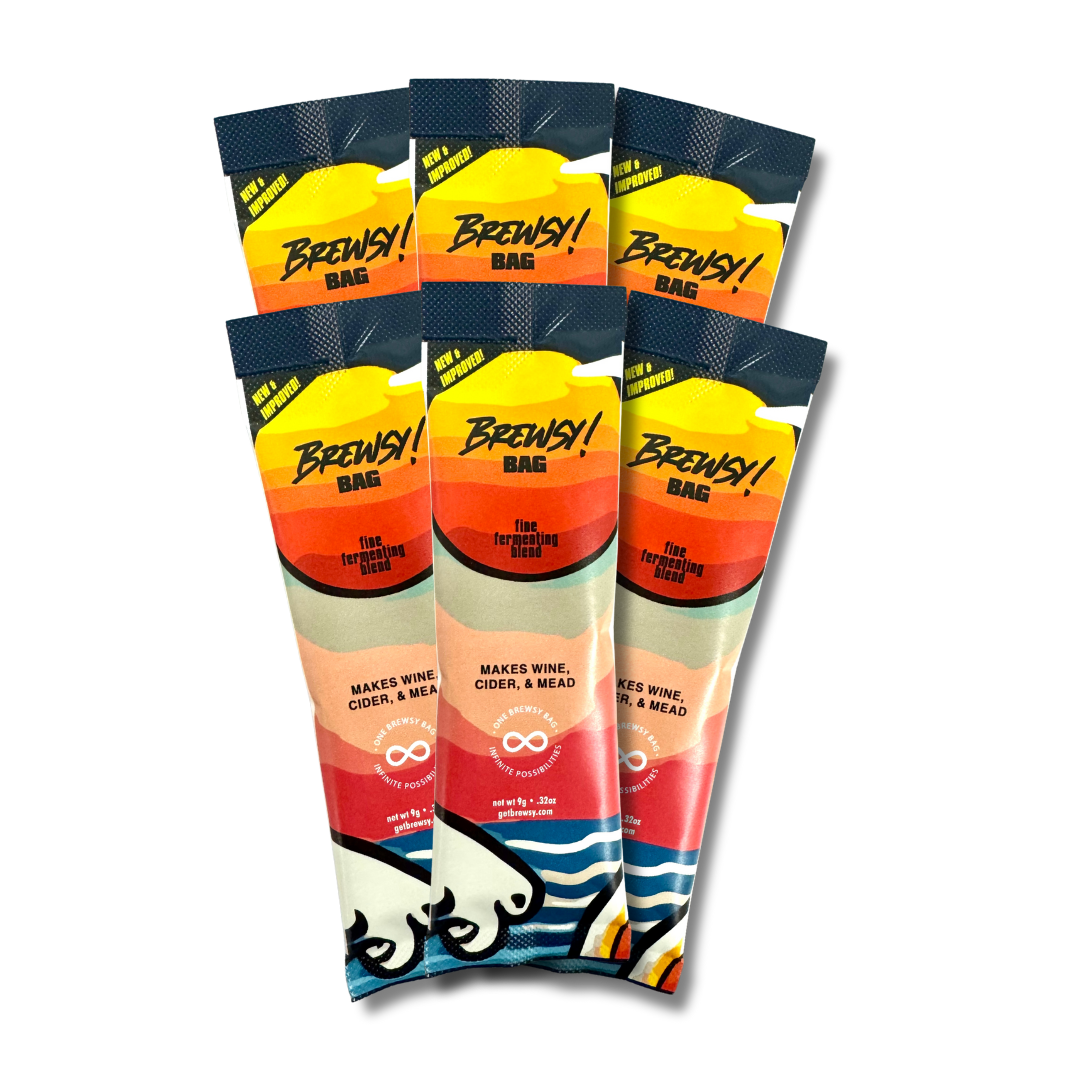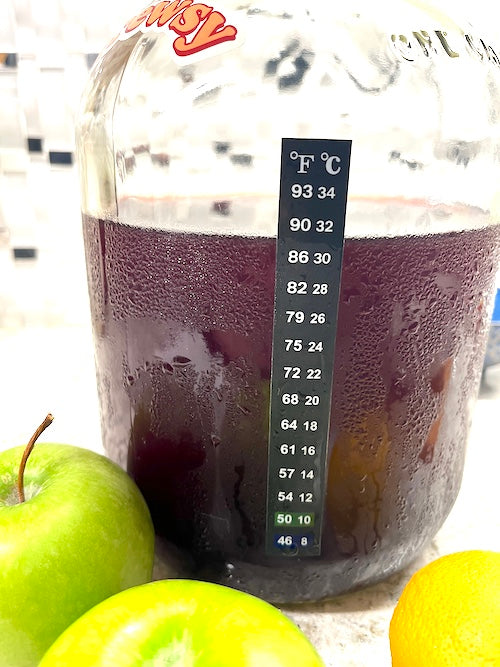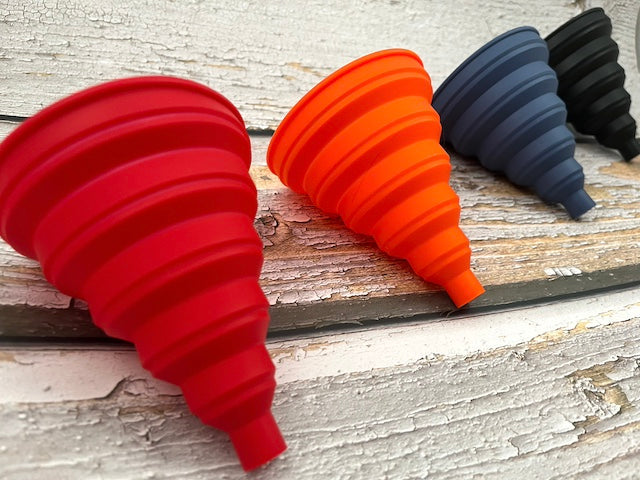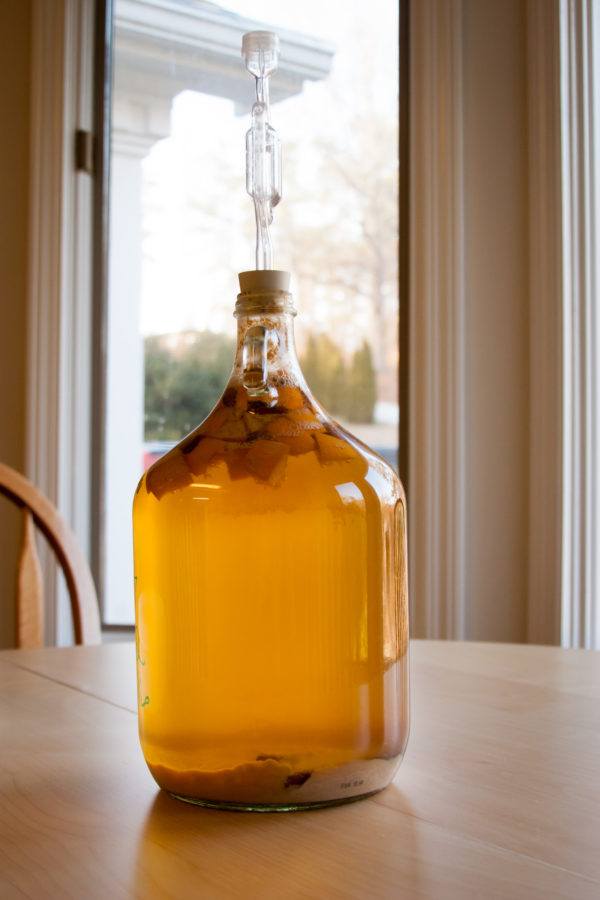
Joe's Ancient Orange Mead
While the name Joseph has been around for at least a couple thousand years, the nickname Joe has not been, so this particular type of is not as ancient as one would think. That being said, any in the meadmaking community has probably come across Joe's Ancient Orange Mead.
As you know by now, mead goes back thousands of years, as it does its variations such as melomel or metheglin. This recipe may have 'ancient' in the name, but not for reasons you think. This recipe is perhaps only a decade old, so it is still much younger than acerglyn, but it went absolutely viral. It is difficult to state just how old this recipe is because, while copies of it have travelled the internet far and wide, it seems no one can find the original post.
Despite having learned modern techniques, the creator of this mead, Joe Mattioli, found them to be too complicated and wanted to take an easier route which was, of course, the ways in which mead was originally made. Now, unlike mead in general where one can alter a recipe to suit one's tastes, Joe's ancient orange mead, also known as JAOM, is a very specific recipe.
How to make Joe's Ancient Orange Mead?
As mentioned earlier, it is a very specific recipe. Meaning, it has an exact amount of ingredients and fixed steps. Below are the ingredients and steps as listed by Joe, copied and pasted verbatim.
-----------------------------------------------------------------------------------------
For this mead, you will need:
- 1 gallon batch
- 3 ½ lbs Clover or your choice honey or blend (will finish sweet)
- 1 Large orange (later cut in eights or smaller, rind and all)
- 1 small handful of raisins (25 if you count but more or less ok)
- 1 stick of cinnamon
- 1 whole clove ( or 2 if you like - these are potent critters)
- - optional - a pinch of nutmeg and allspice (very small )
- 1 teaspoon of Fleishmann’s bread yeast (now don't get holy on me --- after all this is an ancient mead and that's all we had back then)
- Balance water to one gallon
Process:
Use a clean 1 gallon carboy
Dissolve honey in some warm water and put in carboy
Wash orange well to remove any pesticides and slice in eights --add orange (you can push em through opening big boy -- rinds included -- its ok for this mead -- take my word for it -- ignore the experts)
Put in raisins, clove, cinnamon stick, any optional ingredients and fill to 3 inches from the top with cold water. ( need room for some foam -- you can top off with more water after the first few day frenzy)
Shake the heck out of the jug with top on, of course. This is your sophisticated aeration process.
When at room temperature in your kitchen, put in 1 teaspoon of bread yeast. ( No you don't have to rehydrate it first-- the ancients didn't even have that word in their vocabulary-- just put it in and give it a gentle swirl or not)(The yeast can fight for their own territory)
Install water airlock. Put in dark place. It will start working immediately or in an hour. (Don't use grandma's bread yeast she bought years before she passed away in the 90's)( Wait 3 hours before you panic or call me) After major foaming stops in a few days add some water and then keep your hands off of it. (Don't shake it! Don't mess with them yeastees! Let them alone except its okay to open your cabinet to smell every once in a while.
Racking --- Don't you dare
additional feeding --- NO NO
More stirring or shaking -- Your not listening, don't touch
After 2 months and maybe a few days it will slow down to a stop and clear all by itself. (How about that) (You are not so important after all) Then you can put a hose in with a small cloth filter on the end into the clear part and siphon off the golden nectar. If you wait long enough even the oranges will sink to the bottom but I never waited that long. If it is clear it is ready. You don't need a cold basement. It does better in a kitchen in the dark. (Like in a cabinet) likes a little heat (70-80). If it didn't work out... you screwed up and didn't read my instructions (or used grandma's bread yeast she bought years before she passed away) . If it didn't work out then take up another hobby. Mead is not for you. It is too complicated.
If you were successful, which I am 99% certain you will be, then enjoy your mead. When you get ready to make different mead you will probably have to unlearn some of these practices I have taught you, but hey--- This recipe and procedure works with these ingredients so don't knock it. It was your first mead. It was my tenth. Sometimes, even the experts can forget all they know and make good ancient mead.
-----------------------------------------------------------------------------------------
As you can see, it forgoes some steps one would normally find in traditional wine- or meadmaking such as the use of bread yeast, as opposed to wine yeast, and there should be no racking involved which means one ends up with a cloudier than usual mead. The recipe is also very specific in ambient temperature and fermentation duration.
So, what do you think? Would you like to give Joe's Ancient Orange Mead a whirl?



